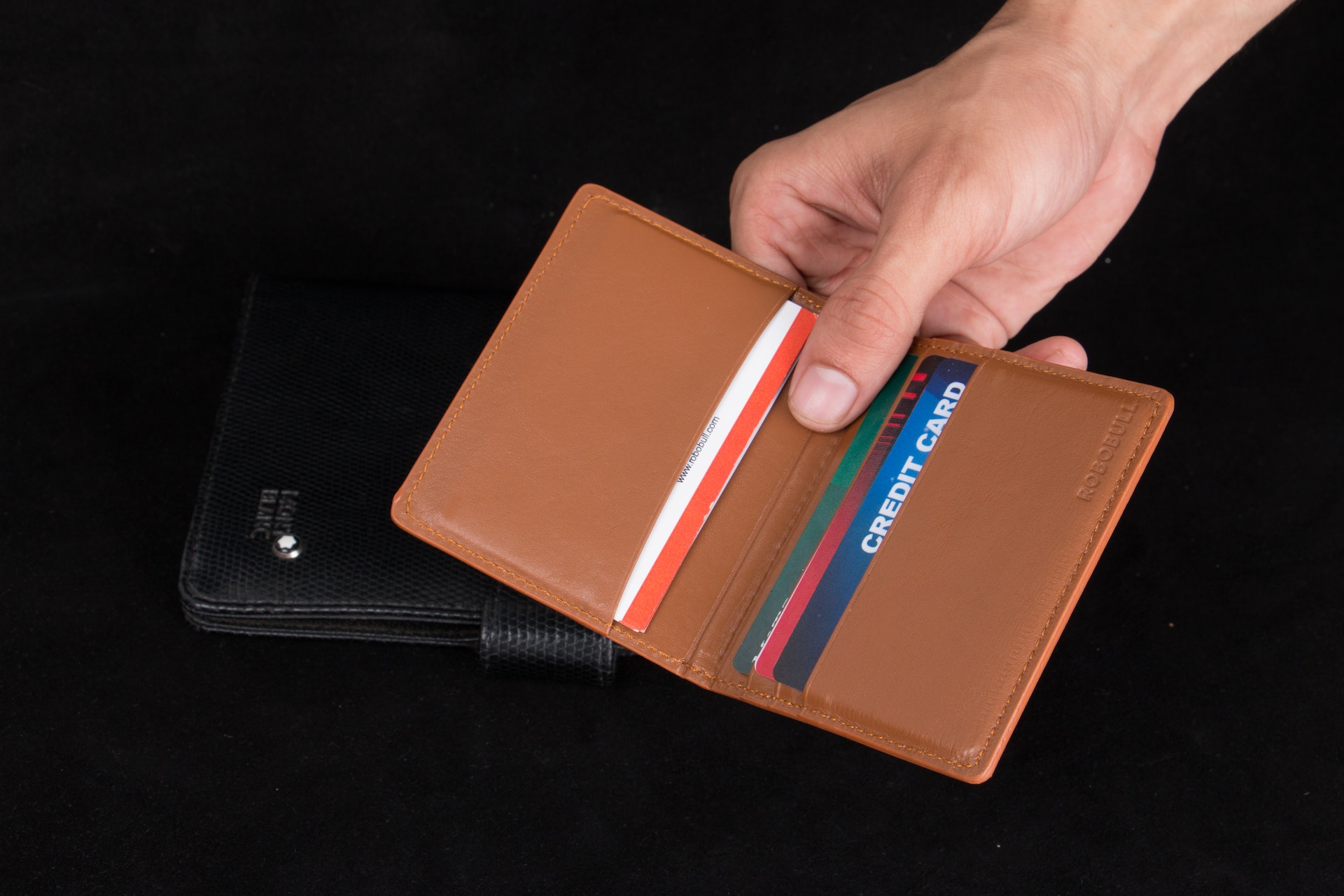
Card holders, sleek and compact alternatives to traditional wallets, have become essential accessories for the modern individual. The history of card holders is a journey that reflects changing lifestyles, technological advancements, and the desire for minimalist yet functional solutions. Join us as we delve into the fascinating history of card holders and their evolution into stylish and efficient accessories.
1. Early Necessities: The origins of card holders can be traced back to the early 20th century when the need arose to organize and protect valuable cards. Calling card cases and cigarette cases served as early iterations, catering to the practicalities of the time.
2. The Rise of Credit Cards: The introduction and widespread adoption of credit cards in the mid-20th century prompted the need for compact and secure card storage. Basic card holders emerged as convenient solutions to carry and protect these valuable pieces of plastic.
3. Business and Professional Use: During the same era, card holders gained popularity among professionals who needed a stylish and organized way to carry business cards. Sleek cases with metal finishes became symbols of sophistication and networking.
4. Minimalism and Streamlining: As society shifted towards a more digital and minimalist lifestyle, the demand for card holders grew. People sought to carry only essential cards and ditch the bulk of traditional wallets.
5. Technological Integration: With the advent of RFID (Radio-Frequency Identification) technology, card holders evolved to offer protection against unauthorized scanning and digital theft. Many modern card holders feature RFID-blocking materials to safeguard sensitive information.
6. Luxury and Design: Luxury brands recognized the appeal of card holders as fashion accessories. They incorporated high-quality materials, intricate designs, and branding into card holder designs, making them status symbols.
7. Digital Wallets and Ecosystems: The 21st century brought about the rise of digital wallets and smartphone apps for storing cards. Card holders adapted to this trend by incorporating features like detachable phone cases and pockets for cards.
8. Customization and Personalization: Modern card holders offer a range of customization options, allowing individuals to choose colors, materials, and designs that resonate with their personal style.
9. Sustainability and Eco-Friendliness: As sustainability gains prominence, eco-friendly materials and practices have entered the world of card holder manufacturing, appealing to environmentally-conscious consumers.
10. Versatility in Everyday Life: Today, card holders have seamlessly integrated into daily routines. They’re versatile accessories that can be carried solo or slipped into pockets, bags, or larger wallets.
Conclusion: The history of card holders is a tale of adaptation and innovation, reflecting the ever-changing needs and preferences of individuals. From their utilitarian origins to their modern status as stylish essentials, card holders have become a symbol of functional elegance in a world where less is more. Their evolution showcases the intersection of fashion, technology, and practicality in the pursuit of streamlined convenience.
